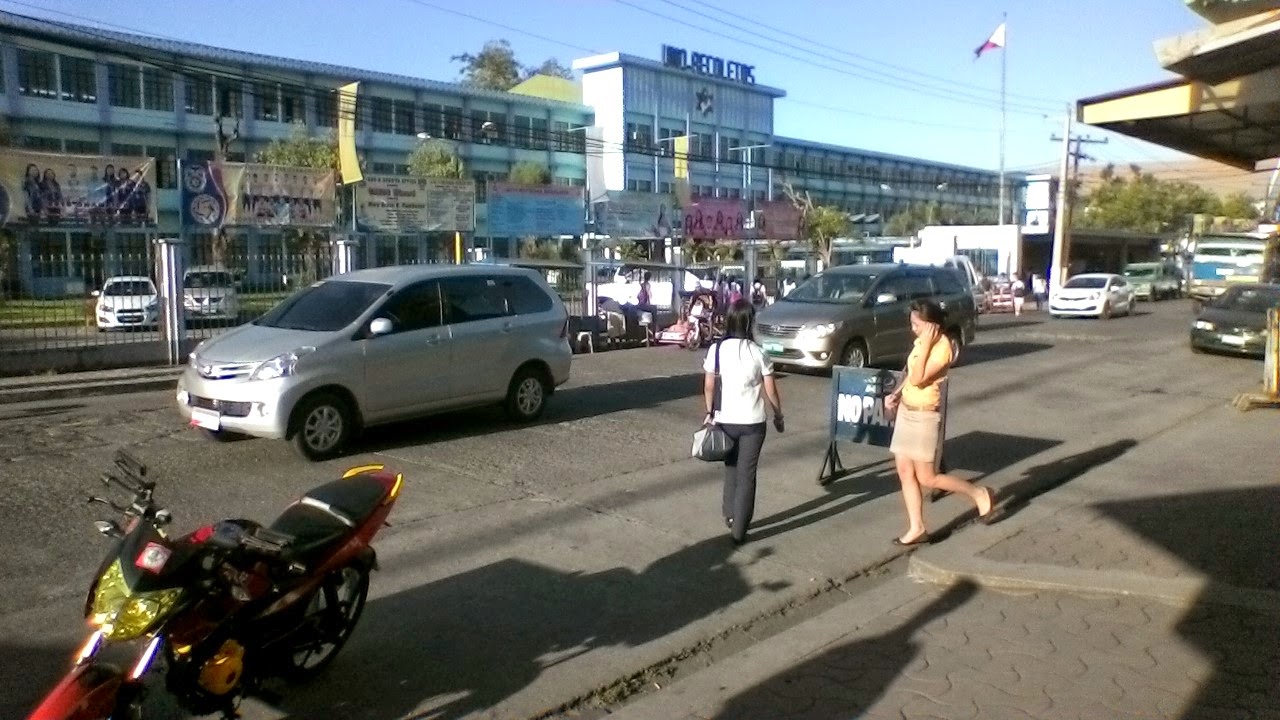Any day is a good day to start a blog. Been away for ages! But I thought resuscitating my website for additional online spaces to share a growing culture is timely. This pandemic is really a challenging time. Why? There had never been a time like this before!
This blogspot was started in 2014. I opened an account in Youtube in the same year. Facebook was way ahead. I also made an account with Instagram, Linked In, Google+ Twitter and Skype. You name them! Every new account I made was actually preparing me for now. Seven years in the making. And here we are in the new era of Online Marketing. During this pandemic, we were locked down and we had to find solutions fast. We cannot mess with the deadly virus. And so, online shops began to mushroom. Delivery service such as Grab and Foodpanda became a trend and online marketing was born. Today, we see the biggest advertisers such as Shoppee and Lazada, Amazon and E-bay skyrocketing in their sales. G-Cash, Alipay, Shoppee Pay became our mode of money transfer and payment. We're also banking online. Boom! We're facing a new era.
Education has no less become online. Friendships are nourished with online games simply because our kids cannot see each other. Virtual is the next best thing! Hey, don;t get me wrong! Those relationships which they started from childhood are still strong and growing stronger everyday. Our faith has made a quantum leap into the tubes as well. Look at how we attend the Eucharistic Celebrations. How else, but online, of course. That doesn't make our faith any weaker. On the contrary we have decided to remain faithful.
Personally, this pandemic is an eye-opener. I've been reaching and teaching more or less 40 kids in the classrooms while youtubers are reaching millions. When I opened my channel in 2014, I thought I was there only as a viewer. I never thought that I could create my own content as I do today. I may still be a newbie as a creator but it took a pandemic to make me start seriously. Little by little my subscribers are growing. I am reaching people more than I do inside the classroom.
It may take awhile before I can be monetized but online marketing has opened a new possibility. In fact, many are claiming Online Marketing as a very promising and untapped resource. It's actually like the gold rush! We'll see what we can do and what we can discover in the coming days. God




















